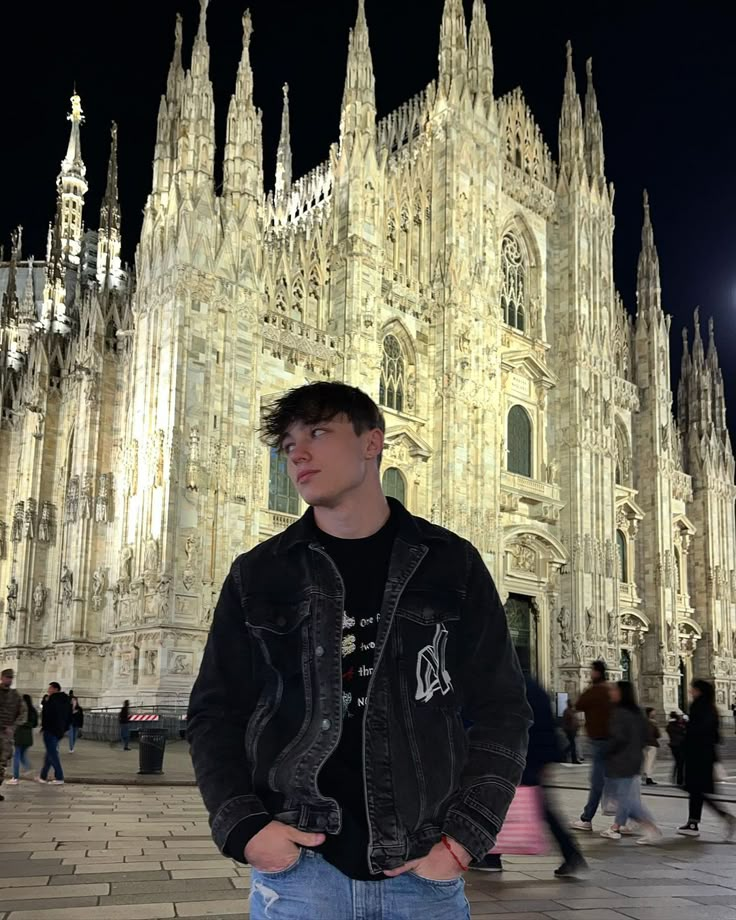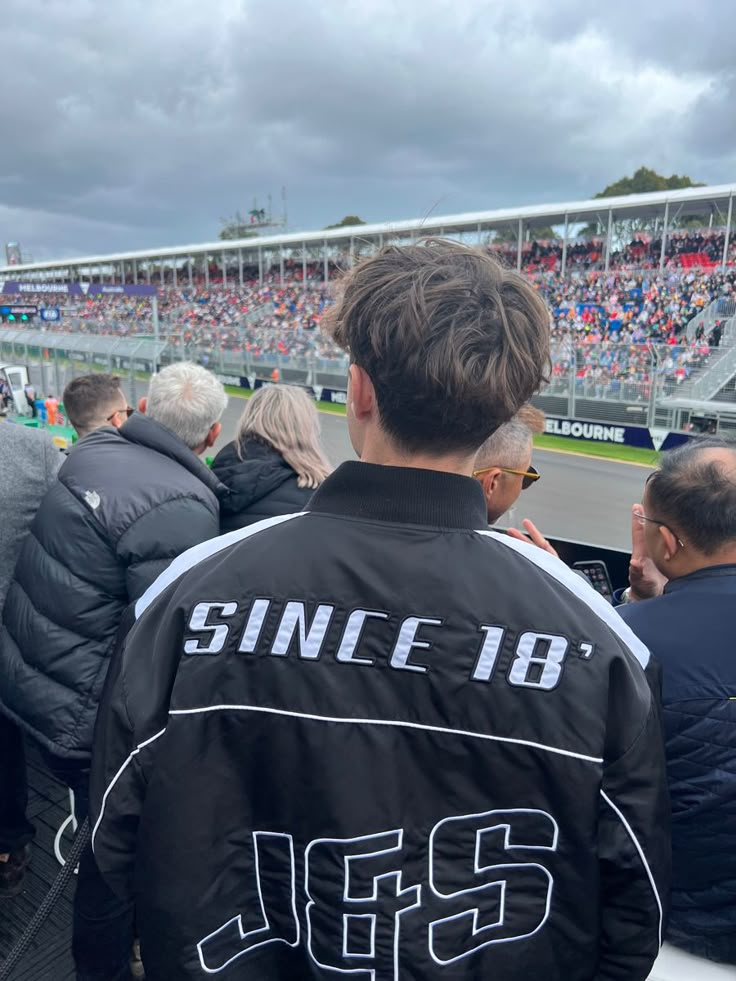Introduction
In 2025, fashion is no longer a passive act of dressing but a dynamic narrative of identity, values, and creativity. “Identity Woven In: Personalized Fashion Statements in 2025” explores how the youth of today are rejecting mass-produced conformity in favor of deeply customized apparel that speaks to their uniqueness. Personalized fashion is not just a trend; it has become a cultural phenomenon shaped by technology, self-expression, and purpose. This new frontier is not driven by seasonal cycles or fashion weeks but by individual intention and digital empowerment.
Today’s youth are crafting wardrobes that feel as unique as a fingerprint, using garments as a language to communicate beliefs, affiliations, and aesthetic sensibilities. From embroidered initials to AI-designed prints, personalization in 2025 is multi-layered and meaningful. Clothing now carries embedded emotion, digital augmentation, and cultural storytelling. Through this lens, fashion becomes a personal archive—a wearable autobiography.
The Technological Shift Powering Customization
The democratization of design has been fueled by advanced tools that allow anyone to become a creator. Youth in 2025 are utilizing AI platforms, 3D printing technologies, augmented reality fashion apps, and blockchain-backed fashion markets to create one-of-a-kind pieces. These tools don’t just enhance design—they open the doors to new forms of authorship and ownership in fashion. The lines between designer, consumer, and influencer have blurred entirely.
Apps like The Fabricant Studio or platforms like DressX enable users to manipulate digital garments in real time, apply custom filters, and even mint fashion NFTs linked to their creations. This hyper-personalized space ensures that fashion is no longer static. Garments can evolve, shift, and respond to emotional or environmental triggers, creating a wearable experience that adapts to the wearer’s mood and surroundings.
Emotional Resonance Through Personalization
Fashion has always had emotional undertones, but in 2025, that connection has intensified. Personalized garments now capture memories, encode messages, and symbolize milestones. Wearable tech integrated with biometrics allows fabrics to react to heart rates or body temperature. Jackets can glow in response to excitement, while dresses can darken to signal reflection. Youth are embedding personal narratives into the very threads of their outfits, ensuring each look holds meaning.
Digital embroidery and laser-cut customization let wearers engrave text, dates, quotes, or imagery onto their clothing, turning fashion into an act of storytelling. It’s not just about what one wears—it’s about why and how that piece came to be. Whether it’s a hand-painted patch or a programmable LED message on a hoodie, self-expression becomes more layered and authentic.
Cultural Roots Meet Modern Expression
Young creators are also reclaiming heritage through personalization. In 2025, many youth-led labels blend traditional motifs with modern materials to reflect both ancestry and innovation. This respectful remix results in garments that connect wearers to lineage while propelling cultural aesthetics into the future. Identity here is multifaceted—woven from past, present, and future influences.
Indigenous patterns, African textiles, or Southeast Asian weaving techniques are integrated with contemporary silhouettes and tech-infused materials. The result is an ongoing dialogue between cultural preservation and modern style evolution. These personalized garments serve as living testimonials to the richness and resilience of cultural identity.
Sustainability Through Intentional Design
Personalized fashion also contributes to sustainability. When individuals co-create or customize their pieces, emotional investment increases, making them less likely to discard clothing. Slow fashion principles thrive in this model, where each item is designed, worn, and preserved with purpose. Youth in 2025 are not interested in throwaway culture—they seek long-term value and ethical production.
Platforms that allow consumers to upcycle or refurbish old clothing digitally or physically support this ethos. Personalized fashion thus becomes an antidote to fast fashion’s wasteful tendencies. When a shirt reflects your values, your identity, and your story, it’s not just an object—it’s an artifact.
Conclusion
“Identity Woven In” encapsulates the spirit of 2025 fashion: where what we wear is not dictated by trends but driven by personal meaning. As technology expands and cultural awareness deepens, the future of fashion will be increasingly authored by the individuals who wear it. Youth today are crafting garments that do more than cover—they communicate, connect, and empower.
In this new era, every outfit tells a story. Every stitch matters. And the most valuable fabric is the one that threads your identity through style, voice, and innovation. The fashion of 2025 is not just about aesthetics—it’s a declaration of who you are, stitched with intention and worn with pride.



